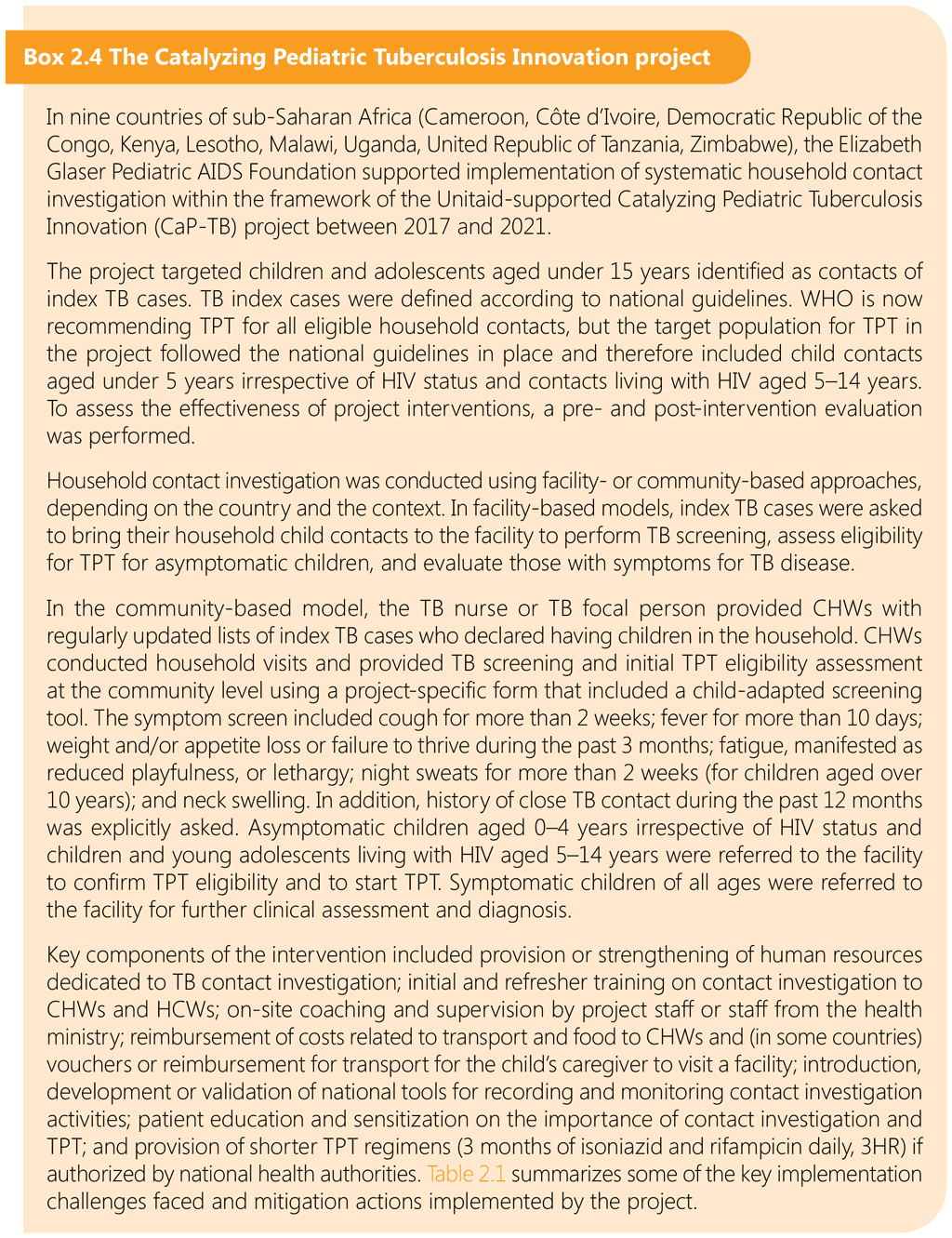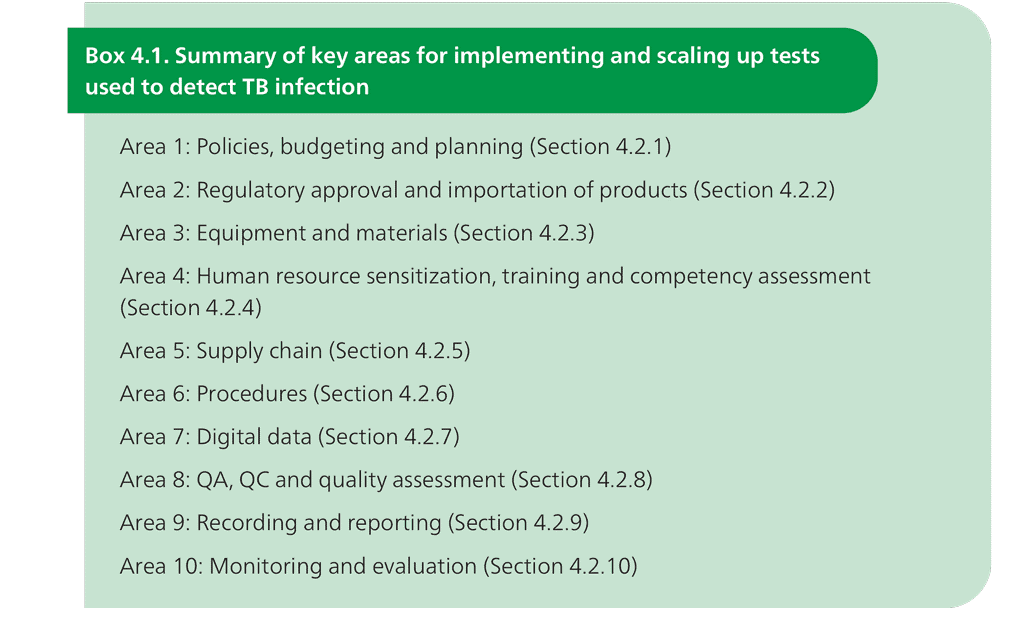7.3.1. Introduction
In 2014, World Health Assembly Resolution WHA67.19 called upon WHO and Member States to improve access to palliative care as a core component of health systems, with an emphasis on PHC and community- and home-based care (197). WHO is supporting integration of palliative care into all relevant global disease control and health system plans and is promoting improved access to palliative care for children, in collaboration with the United Nations Children’s Fund.
 Feedback
Feedback
